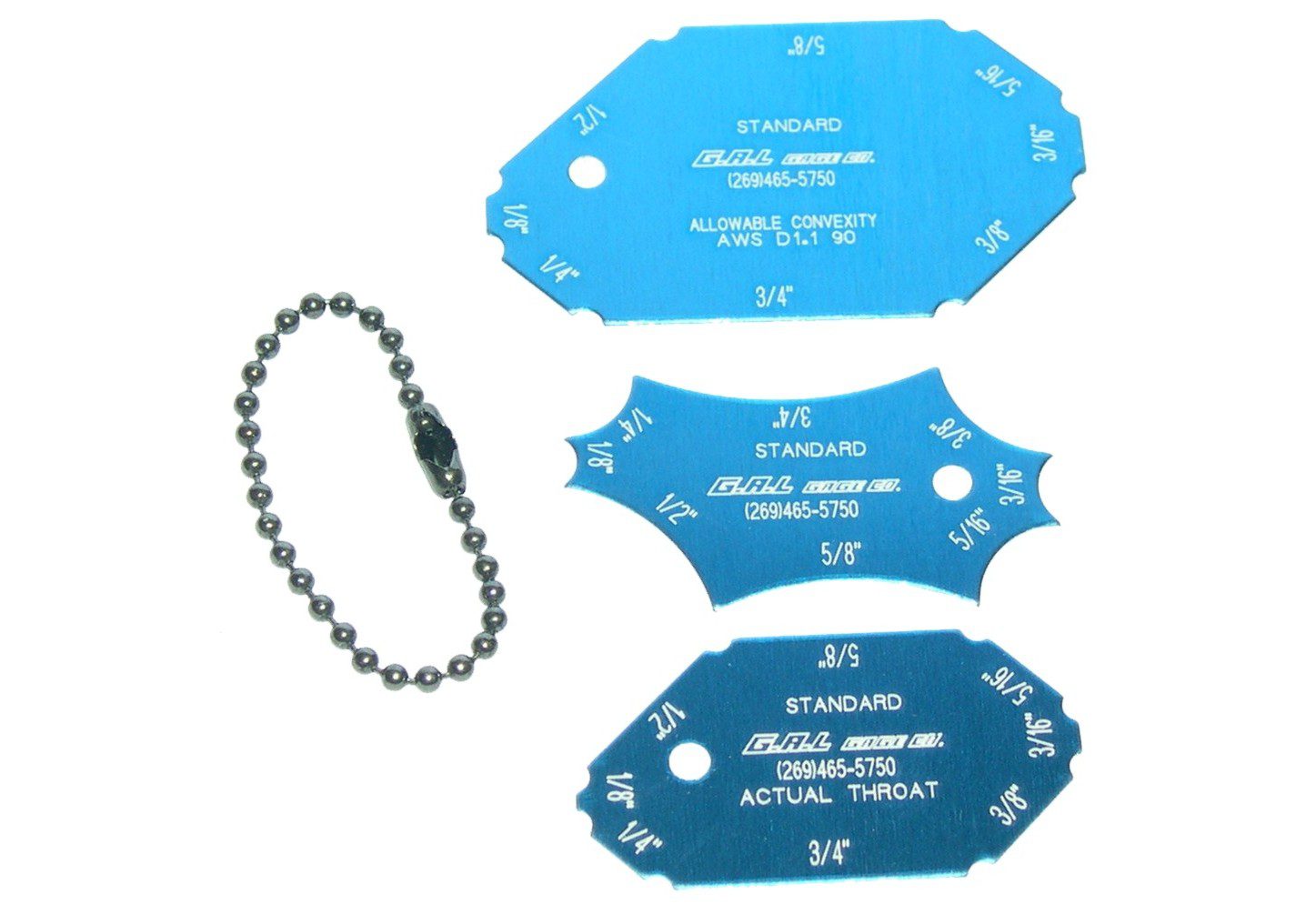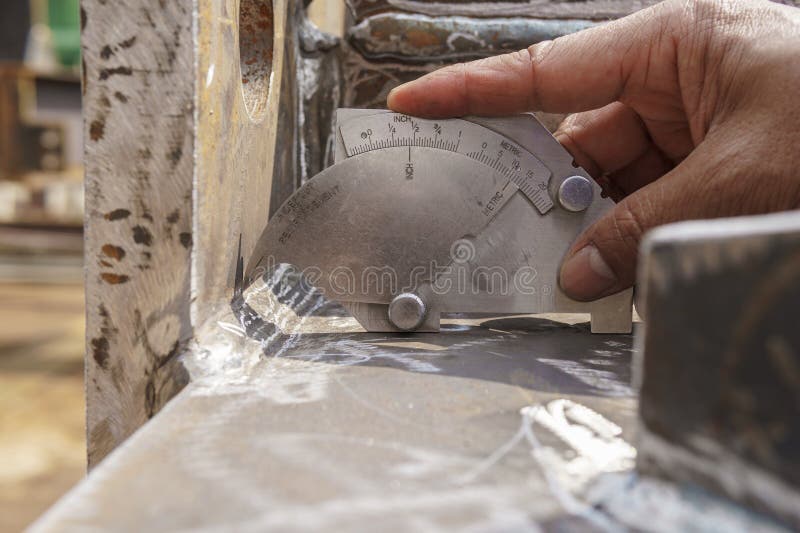Exploring the Advantages of Fillet Welding in Construction: Cost-effective Solutions for Diverse Industries
In the world of construction, the utilization of fillet welding offers an engaging proposal for sectors looking for affordable remedies without endangering architectural stability. The advantages of fillet welding expand past simple economic cost savings to incorporate improved structural effectiveness, versatility throughout diverse commercial applications, and the assurance of premium strength and toughness. As we navigate via the useful benefits that fillet welding offers, a much deeper understanding arises of how this welding method can transform fabrication processes across various industries.

Economical Solution for Fabrication
Fillet welding acts as an affordable option in manufacture processes, offering both efficiency and resilience. This welding strategy entails signing up with 2 items of metal at an angle, developing a triangular cross-section. The simpleness of fillet welding makes it a preferred choice in different industries, consisting of building and construction, automotive, and manufacturing.
One of the key advantages of fillet welding is its capacity to reduce product and labor prices. By using fillet welds instead of other complicated joint layouts, producers can save money on materials and manufacturing time. Additionally, fillet welding requires marginal preparation contrasted to other welding methods, additionally reducing fabrication costs.
Furthermore, fillet welds provide excellent structural toughness, guaranteeing the longevity and toughness of the fabricated parts. The triangular form of the weld disperses stress extra evenly, minimizing the probability of joint failure (Gauge Fillet Weld). This architectural stability not just improves the total quality of the finished item but also decreases repair and maintenance prices in the long run
Improved Architectural Effectiveness With Fillet Welding
Enhancing structural effectiveness with the application of fillet welding strategies is a vital aspect of making sure ideal performance and resilience in made structures. Fillet welding plays a crucial duty in enhancing structural performance by efficiently dispersing lots and stresses throughout the welded joints. By producing a smooth transition in between the connected components, fillet welds assist to enhance the total toughness and security of the framework.
Among the considerable benefits of fillet welding in boosting structural effectiveness is its capacity to join materials of differing thicknesses. This adaptability permits the building and construction of light-weight structures without compromising on strength. Furthermore, the smooth profile of fillet welds reduces stress and anxiety concentrations, which can help stop early failing of the bonded joints.
In addition, fillet welding allows the construction of complex geometries easily, offering developers with even more flexibility in developing effective and ingenious frameworks. By maximizing the design and positioning of fillet welds, engineers can maximize the structural efficiency of made parts, eventually leading to cost savings and improved efficiency in diverse industries.
Versatility in Diverse Market Applications
With its capacity to provide to a wide array of product thicknesses and geometric intricacies, fillet welding stands as a functional construction strategy that discovers applications throughout diverse sectors. Furthermore, the aerospace sector relies on fillet welding for the construction of aircraft elements, making certain stamina and sturdiness in essential parts. Generally, the flexibility of fillet welding makes it her response an essential procedure in numerous industries, providing cost-effective options for complex construction demands.

Superior Toughness and Longevity
Fillet welding plays a crucial function in attaining these characteristics due to its capability to supply considerable strength by try these out distributing tons equally throughout the welded joint. As a result, structures fabricated using fillet welds show enhanced durability and can endure substantial mechanical pressures without jeopardizing their integrity.
The premium stamina and longevity used by fillet welding make it a suitable option for applications in markets such as building and construction, automotive, aerospace, and manufacturing, where architectural integrity is vital. By making use of fillet welds in construction, makers and engineers can make sure that their products fulfill stringent top quality and security criteria while enhancing cost-effectiveness and production performance. Basically, the remarkable resilience and long life given by fillet welding make it a recommended welding technique for developing resilient and durable structures throughout varied markets.
Practical Benefits of Fillet Welding
Provided the shown superior stamina and toughness in bonded joints, the functional advantages of fillet welding expand past structural stability to encompass efficiency and cost-effectiveness in manufacture processes. One key practical advantage is the simplicity of fillet welds, which do not call for intricate or expensive equipment to develop. This simplicity converts right into time savings throughout construction, as fillet welding can be quickly applied in different positions without the demand for intricate configurations. In addition, fillet welding permits boosted efficiency due to its convenience in joining various types of materials, shapes, and densities. The flexibility of fillet welds makes them suitable for a vast array of applications across varied sectors, additionally contributing to cost-effectiveness in manufacturing procedures. Furthermore, the lowered demand for comprehensive surface area preparation compared to other welding techniques reduces material waste and reduces production downtime. Generally, the sensible advantages of fillet welding make it an important choice for companies looking for cost-effective and efficient services in manufacture.
Verdict
Finally, fillet welding uses an economical option for manufacture, giving improved structural effectiveness, convenience in varied market applications, superior strength, and sturdiness. The useful benefits of fillet welding make it a preferred selection for different manufacture click to read projects throughout various sectors. Its capacity to successfully join products while preserving architectural honesty makes it an important technique for making sure high-grade and reputable outcomes in welding applications.

Additionally, fillet welding requires minimal prep work contrasted to various other welding strategies, further reducing fabrication costs.

Provided the demonstrated remarkable stamina and sturdiness in bonded joints, the useful benefits of fillet welding prolong past structural integrity to incorporate efficiency and cost-effectiveness in manufacture processes - Gauge Fillet Weld.In verdict, fillet welding supplies a cost-effective solution for manufacture, giving boosted structural efficiency, flexibility in varied sector applications, superior stamina, and toughness